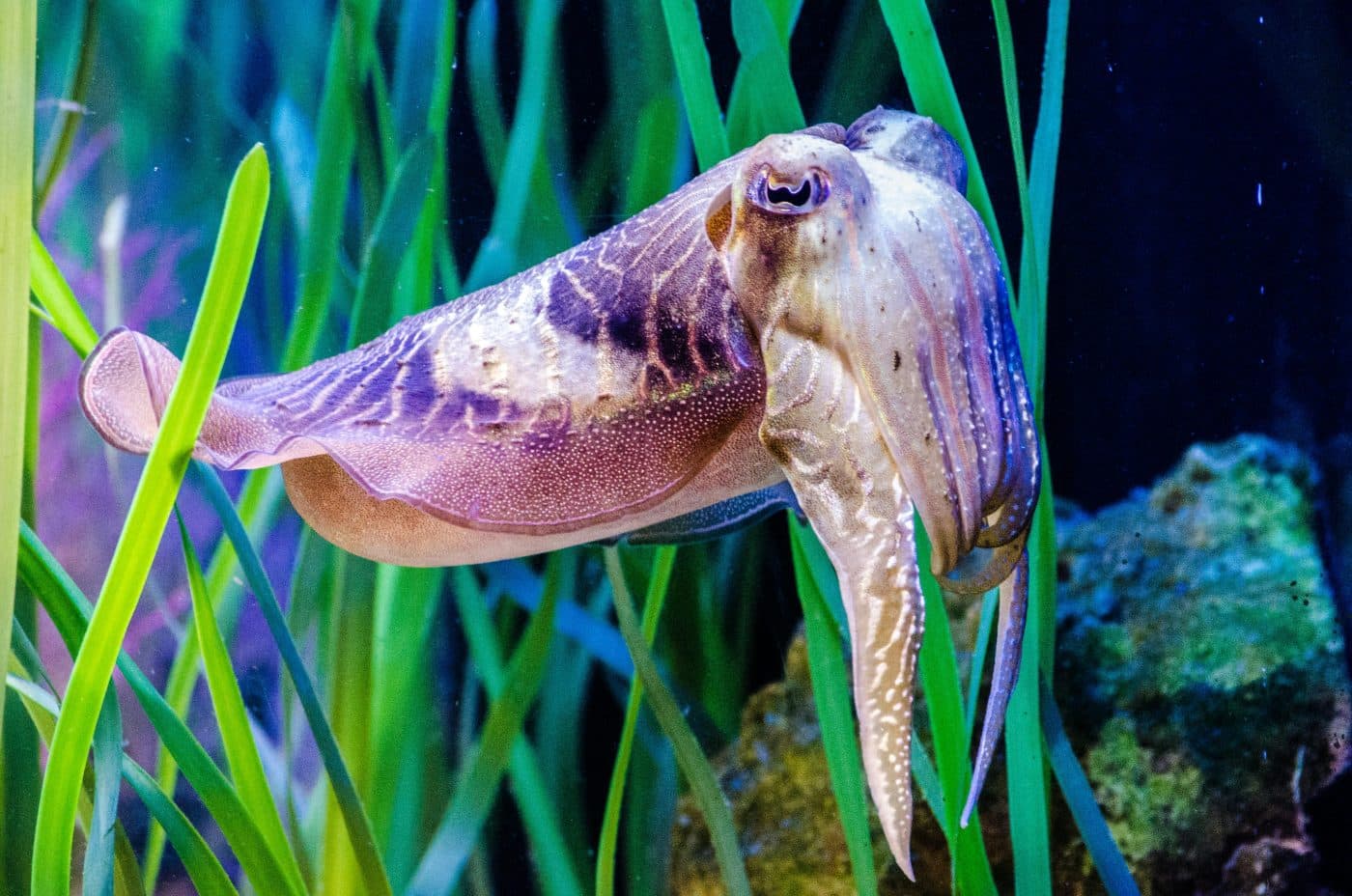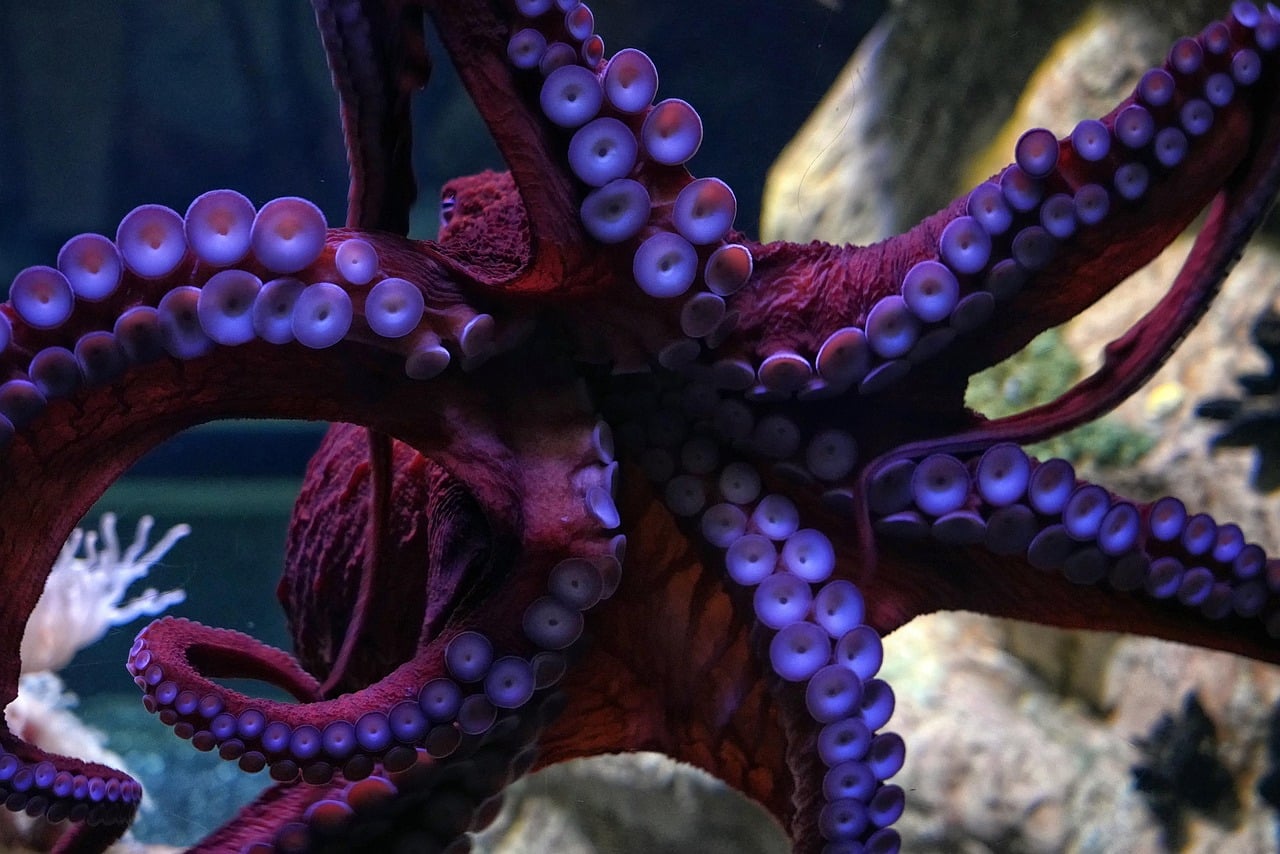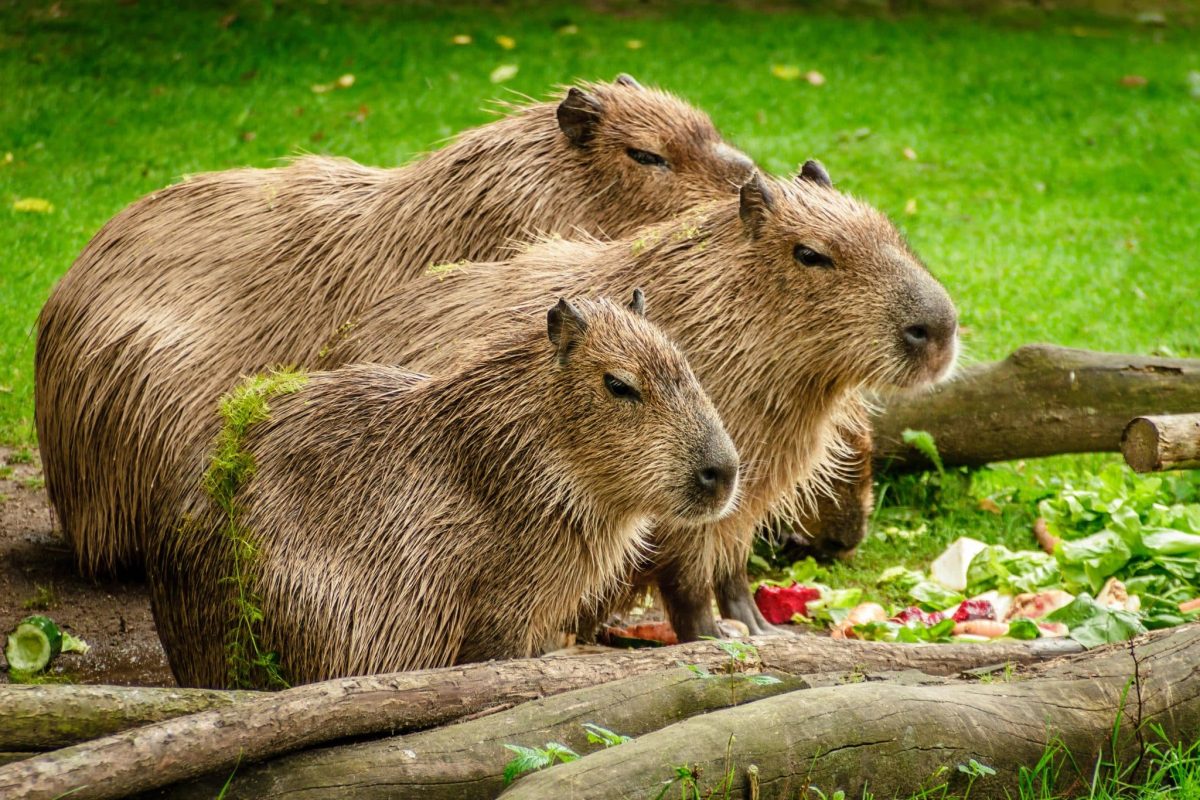Shutterstock
The animal kingdom is packed with surprises, especially in the art of survival. While speed and strength are common defenses, some animals go further by employing clever tricks that showcase remarkable resourcefulness. From creating illusions to playing dead, these crafty creatures prove that intelligence can rival sheer power in the face of danger. Their unique tactics help them evade predators and highlight the extraordinary strategies animals use to adapt and thrive, making nature’s ingenuity all the more fascinating.
Leaf-Tailed Gecko
 Shutterstock
Shutterstock
The leaf-tailed gecko is a true camouflage artist, blending seamlessly into its environment by mimicking the appearance of leaves, tree bark, or moss. Its flattened body and jagged edges enhance its disguise, making it nearly invisible to predators. If spotted, it can shed its tail as a decoy, allowing it to escape while its attacker is distracted. This gecko’s combination of camouflage and deception ensures it stays one step ahead of danger.
Octopus
 Shutterstock
Shutterstock
Thanks to specialized skin cells called chromatophores, octopuses are renowned for their ability to blend seamlessly into their surroundings. These cells allow them to change color and texture to mimic rocks, coral, or sand, making them nearly invisible to predators. Some species, like the mimic octopus, take things further by imitating the shapes and movements of other marine animals, such as lionfish or sea snakes, to scare off potential threats. Their remarkable camouflage and versatility make octopuses true masters of deception in the underwater world.
Opossum
 Shutterstock
Shutterstock
The opossum is famous for its “playing dead” act, a defense mechanism that confuses predators into thinking it’s no longer a viable meal. When threatened, an opossum will collapse, foam at the mouth, and even release a foul odor to complete the act. This elaborate performance can last for hours, giving the opossum plenty of time to escape once the coast is clear. This dramatic but effective tactic has earned the opossum a reputation as one of nature’s most theatrical escape artists.
Cuttlefish
 Shutterstock
Shutterstock
Cuttlefish have a fascinating way of avoiding predators—hypnosis. They can rapidly flash different colors and patterns across their skin, creating mesmerizing displays that confuse and disorient their attackers. This ability helps them escape and doubles as a hunting strategy to lure prey closer. With their hypnotic light shows and quick-thinking adaptability, cuttlefish prove that survival in the ocean often comes down to brains over brawn.
Horned Lizard
 Shutterstock
Shutterstock
When a horned lizard feels threatened, it resorts to one of the most bizarre and effective defense tactics in the animal world: squirting blood from its eyes. The sudden burst of blood can startle and repel predators, especially since it tastes foul. This unusual behavior and the lizard’s spiny appearance make it a tough and tricky meal for any predator. Nature’s creativity truly knows no bounds when it comes to survival strategies.
Crows
 Shutterstock
Shutterstock
Crows are not just intelligent—they’re cunning when it comes to evading predators. They often work in groups to harass larger birds of prey, a tactic known as mobbing, which confuses and drives away the threat. Crows have also been observed faking injury to distract predators from their nests, showcasing their ability to strategize under pressure. Their intelligence and teamwork make them one of the craftiest birds in the wild.
Hognose Snake
 Shutterstock
Shutterstock
The hognose snake is the ultimate actor in the reptile world. When confronted by a predator, it first puts on a dramatic display of hissing, puffing up, and striking—though it rarely bites. If that doesn’t work, the snake performs by flipping onto its back, hanging its tongue out, and playing dead. The hognose snake’s over-the-top theatrics often fool predators into leaving it alone, proving that a little drama can go a long way in survival.
Peacock Butterfly
 Shutterstock
Shutterstock
The peacock butterfly uses its stunning wing patterns to outsmart predators. When threatened, it flashes its wings to reveal large, eye-like spots that mimic the gaze of a larger animal. This illusion startles and confuses would-be attackers, giving the butterfly a chance to escape. Combined with its erratic flight patterns, this clever trick ensures the peacock butterfly remains a hard target for predators.
Mongoose
 Shutterstock
Shutterstock
Mongooses are fearless and highly skilled at taking on venomous snakes like cobras. Their agility and thick coats protect them during battles, but their most impressive tactic is their ability to read and react to the snake’s movements. Mongooses use quick, unpredictable strikes to overwhelm their opponents, often emerging victorious. This calculated approach to outsmarting one of nature’s deadliest predators is a testament to their intelligence and bravery.
Pufferfish
 Shutterstock
Shutterstock
The pufferfish has a unique way of deterring predators—it inflates its body into a spiky, unappetizing sphere. This sudden transformation surprises and confuses attackers, making the pufferfish appear larger and more difficult to eat. Many pufferfish species also carry toxic substances, adding another layer of defense. Their ability to adapt to threats in such an unusual way highlights the creativity of marine life.
Killdeer
 Shutterstock
Shutterstock
The killdeer bird is famous for its “broken-wing” act to protect its nest. When a predator gets too close, the killdeer feigns injury, dragging one wing along the ground to lure the threat away from its eggs or chicks. Once the predator is far enough from the nest, the killdeer suddenly takes flight, leaving the predator confused. This clever parenting tactic ensures the safety of its young while showcasing the bird’s quick thinking.
Blue Jay
 Shutterstock
Shutterstock
Blue jays are skilled mimics, often imitating the calls of hawks to confuse or scare away predators. By replicating the sound of a larger bird of prey, they create the illusion of a dangerous threat nearby, giving themselves and other birds time to escape. Their ability to manipulate sound for self-preservation is a testament to their intelligence and adaptability in the wild.
Skunk
 Shutterstock
Shutterstock
The skunk’s iconic defense mechanism—its pungent spray—is one of the most effective predator deterrents in the animal world. When threatened, a skunk will stomp its feet and arch its back in warning before releasing its foul-smelling spray, which can travel up to 10 feet. The smell is so potent that it can temporarily blind and disorient predators. This simple but highly effective tactic ensures the skunk’s safety, proving that sometimes, stink beats strength.
 Shutterstock
Shutterstock
The animal kingdom is full of extraordinary creatures that have mastered the art of outsmarting predators. From octopuses blending into their surroundings to skunks using their unmistakable spray, these animals prove that intelligence and creativity are powerful survival tools. Each of these species showcases the endless ingenuity of nature, adapting to threats with strategies that range from dramatic performances to optical illusions. Next time you marvel at wildlife, remember that their clever tricks are more than just fascinating—they’re essential for survival in a wild, unpredictable world. Nature truly has a sense of humor and a knack for problem-solving!









